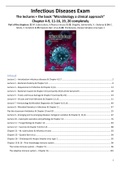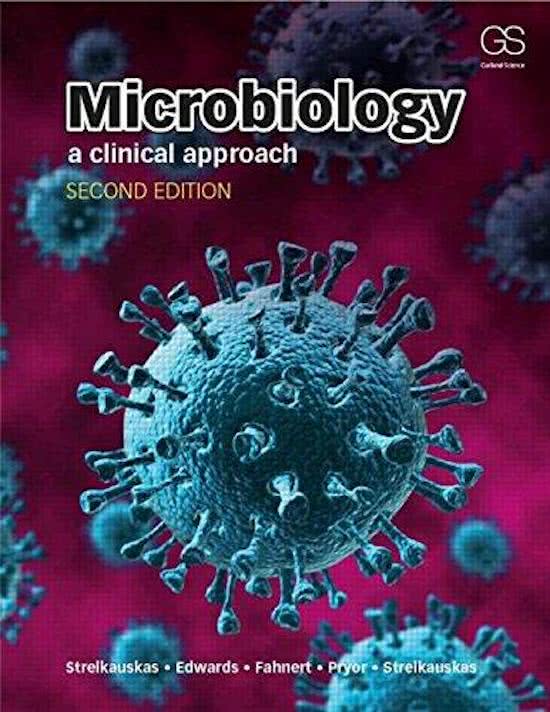Summary
Summary Exam Infectious Diseases: All Lectures + book "Microbiology: A Clinical Approach, ISBN: 9780815345138" (AB_471024)
- Course
- Institution
- Book
This document contains a very comprehensive summary for the exam of Infectious Diseases/pathogeen-gastheer interacties. It includes the lectures and all the self-study chapters from the book "Microbiology, a clinical approach". The summary is written in English, since the exam will contain open qu...
[Show more]




